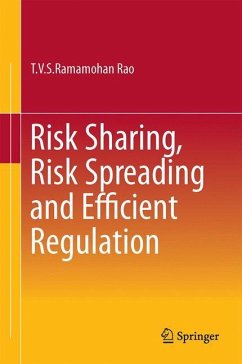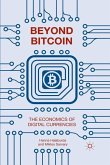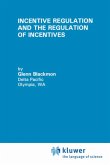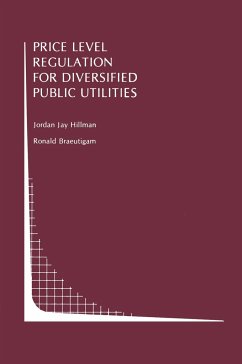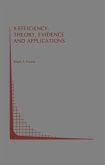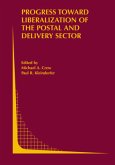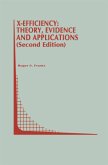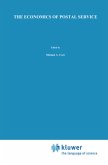The book provides an integrated approach to risk sharing, risk spreading and efficient regulation through principal agent models. It emphasizes the role of information asymmetry and risk sharing in contracts as an alternative to transaction cost considerations. It examines how contracting, as an institutional mechanism to conduct transactions, spreads risks while attempting consolidation. It further highlights the shifting emphasis in contracts from Coasian transaction cost saving to risk sharing and shows how it creates difficulties associated with risk spreading, and emphasizes the need for efficient regulation of contracts at various levels.
Each of the chapters is structured using a principal agent model, and all chapters incorporate adverse selection (and exogenous randomness) as a result of information asymmetry, as well as moral hazard (and endogenous randomness) due to the self-interest-seeking behavior on the part of the participants.
Each of the chapters is structured using a principal agent model, and all chapters incorporate adverse selection (and exogenous randomness) as a result of information asymmetry, as well as moral hazard (and endogenous randomness) due to the self-interest-seeking behavior on the part of the participants.

